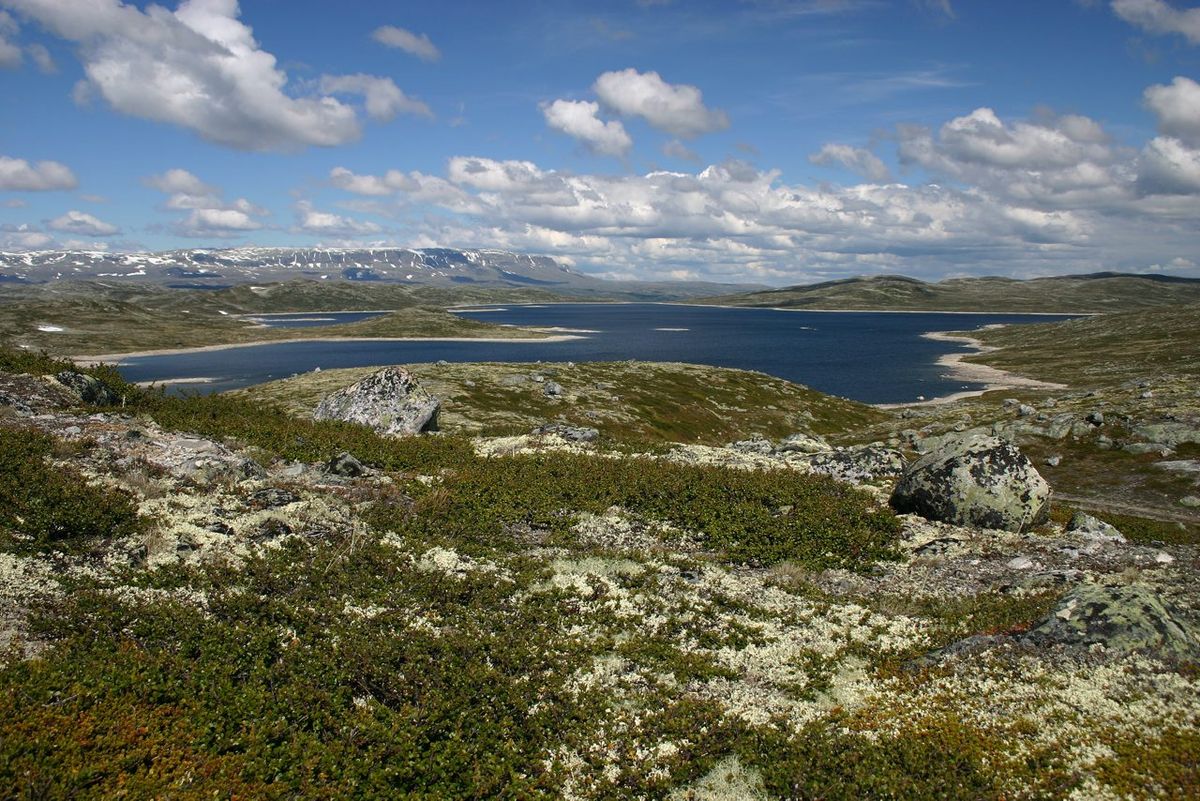However, when large weather patterns change significantly over time, there are good reasons to take note and consider one's options.
We know from history that significant changes have happened over relatively short time spans in the past. There's no reason to believe that such changes will not happen again.
Catastrophic changes in weather patterns are rare and far between. But when they happen, a lot of damage is made, and those caught unprepared suffer the consequences.
Growing up in Norway, I remember learning about the Scandinavian ice sheet. With its origin in Jostedal, it spread out to cover most of northern Europe. At its biggest, Norway was covered by 2000 meters of ice. Scandinavia was completely covered, as was much of England and Ireland.
The picture painted by schoolbooks on the subject is that of a creeping glacier, growing for thousand of years to reach its maximum extent. However, that isn't how it grew. It came from above and covered Scandinavia in the space of a few decades.
Norway is a coastal country, situated at the Atlantic. There is plenty of precipitation. It is also a mountainous country. On average, the country is about 1000 meter high. Summers are short and winters are long.
Norwegian highlands are barely free of snow before a new bout of snow descends on them.
If average temperatures were to drop by a centigrade or so, or the amount of snow fall was to increase by a few percent, snow in the highlands would not melt away in time for winter. It would remain through the summer.
If this were to happen, the highlands of Norway would be covered in permanent snow and ice within a decade. If this weather pattern were to persist for longer than a decade, the ice sheet would start to push into valleys and low lands. A permanent cold gust from the highlands would accelerate this process. Within the next decade, all of Norway would be covered in ice.
The Scottish highlands would see a similar development. Ice would cover Scotland long before the Scandinavian ice sheet would arrive from Norway.
A disturbing aspect of this is that we have of late seen a change in the jet stream. It's weakening and it's making bigger dips into continental areas. What used to be a stable, fairly straight moving wind, propelling weather systems from west to east is now making deep dips into continental North America and Eurasia.
The new weather pattern looks a lot like the pattern that existed during the last great ice age.
Relatively warm and dry air is being sucked up towards the North Pole at the west of the northern continents while cold and wet air is being pushed down south over their central and eastern parts.
Coastal California and Iberia are experiencing drought. A little farther inland, there is cold and rain and snow.
When I visited my cabin up in the Norwegian highlands in August 2016, we had snow. This year, Norwegians are complaining that they never had any real summer days. Temperatures in the lowlands stayed below 20 C, and there was a lot of rain.
In America, we see record cold and snowfall. Greenland's ice sheet is expanding.
We're balancing on a razor thin edge between little ice cover and enormous ice cover. An ice age is only a tiny drop in temperatures away, and we may have crossed the line. If the weather we have had the last two years continues, there will be more ice. If temperatures drop a tiny bit more, accompanied by a tiny bit more precipitation, we might see an alarmingly quick return to glaciation of the northern hemisphere.
 |
| Hardangervidda: Barely ice free in the middle of summer |
By Smtunli, Svein-Magne Tunli - http://www.tunliweb.no/SM/English/sm_eng.htm - Own work, CC BY-SA 3.0, Link
No comments:
Post a Comment